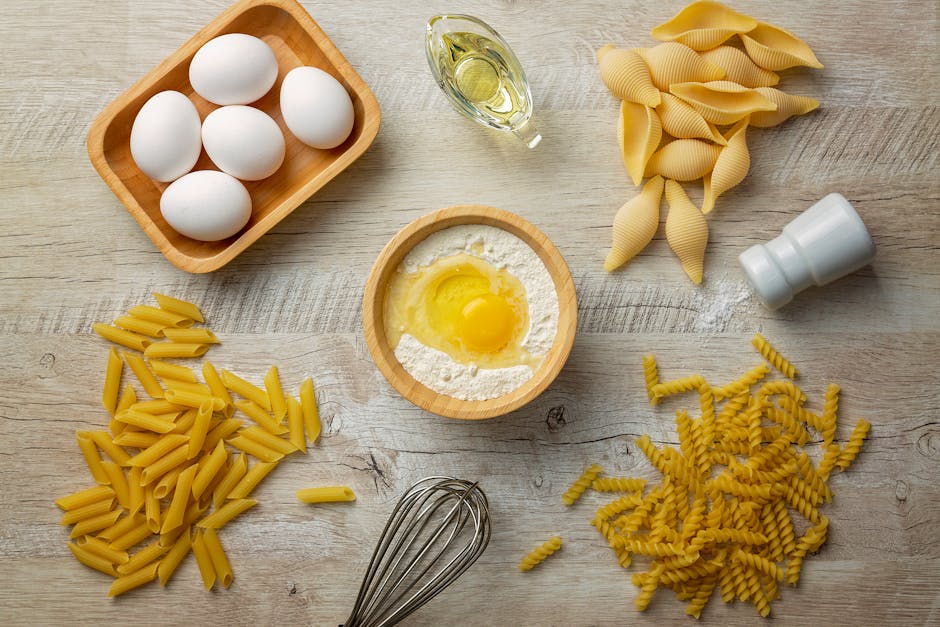-
Inhaltsübersicht
Einführung
Mead, often referred to as “honey wine,” is one of the oldest fermented beverages known to humanity, with roots tracing back thousands of years across various cultures. Its origins can be found in ancient civilizations, including the Egyptians, Greeks, and Celts, who revered mead for its intoxicating properties and believed it to possess magical qualities. Traditionally made from honey, water, and sometimes various fruits, spices, or herbs, mead has evolved into a diverse category of beverages, ranging from sweet to dry, still to sparkling. This article will guide you through a comprehensive mead recipe, allowing you to create your own batch at home.
Zeit
- Zubereitungszeit: 15 Minuten
- Cooking time: 0 minutes (fermentation time varies)
- Total time: Approximately 4-6 weeks (including fermentation)
Inhaltsstoffe
To make a basic mead, you will need the following ingredients:
- Honey: 3 pounds (preferably raw or organic for better flavor)
- Water: 1 gallon (filtered or spring water is recommended)
- Yeast: 1 packet of mead yeast (such as Lalvin D-47 or EC-1118)
- Nutrient: 1 teaspoon of yeast nutrient (optional but recommended for healthy fermentation)
- Acid blend: 1 teaspoon (optional, for balancing flavor)
- Optional flavorings:
- Fruits (e.g., berries, citrus, apples): 1-2 cups, chopped
- Spices (e.g., cinnamon, cloves, ginger): 1-2 teaspoons
- Herbs (e.g., mint, chamomile): 1-2 teaspoons
Schritt-für-Schritt-Anleitung
Follow these detailed steps to create your own mead:
- Sanitize Equipment: Before starting, ensure all your equipment (fermentation vessel, airlock, stirring spoon, etc.) is thoroughly sanitized to prevent contamination.
- Mix Honey and Water: In a large pot, combine the honey and about half of the water. Heat gently to dissolve the honey, stirring occasionally. Do not boil, as this can alter the flavor of the honey.
- Add Remaining Water: Once the honey is fully dissolved, remove the pot from heat and add the remaining water to cool the mixture to room temperature.
- Add Yeast and Nutrients: Once the mixture has cooled, sprinkle the yeast and yeast nutrient over the surface. Allow it to sit for about 15 minutes to rehydrate before stirring gently to incorporate.
- Optional Flavor Additions: If you are using fruits, spices, or herbs, add them to the mixture at this stage. Stir well to combine.
- Transfer to Fermentation Vessel: Pour the mixture into a sanitized fermentation vessel, leaving some space at the top for foaming during fermentation.
- Seal and Store: Seal the fermentation vessel with an airlock filled with water. Store it in a cool, dark place (ideally around 65-75°F or 18-24°C).
- Fermentation: Allow the mead to ferment for 4-6 weeks. You will notice bubbling in the airlock, which indicates active fermentation. After about 2-3 weeks, you can check the specific gravity with a hydrometer to monitor fermentation progress.
- Bottling: Once fermentation is complete (specific gravity remains stable), siphon the mead into sanitized bottles, leaving sediment behind. Seal the bottles with corks or caps.
- Aging: For best flavor, age the mead for at least 3 months before consuming. The longer you age it, the smoother and more complex the flavors will become.
Tipps zum Kochen
Here are some expert tips to enhance your mead-making experience:
- Choose Quality Honey: The type of honey you use will significantly affect the flavor of your mead. Experiment with different varieties, such as wildflower, clover, or orange blossom honey.
- Temperaturkontrolle: Maintain a consistent fermentation temperature to avoid off-flavors. Too high or too low temperatures can stress the yeast.
- Patience is Key: Mead benefits from aging. Don’t rush the process; allow it to mature for the best flavor.
- Experimentieren Sie mit Geschmacksrichtungen: Feel free to get creative with your flavorings. Try adding different fruits, spices, or even herbs to create unique blends.
- Monitor Fermentation: Use a hydrometer to track the specific gravity and ensure fermentation is complete before bottling.
Variationen
Mead can be customized in numerous ways to suit your taste preferences:
- Melomel: Add fruits like berries, peaches, or apples during fermentation for a fruity mead.
- Metheglin: Incorporate spices or herbs, such as cinnamon, ginger, or chamomile, for a spiced mead.
- Sack Mead: Verwenden Sie ein höheres Honig-Wasser-Verhältnis, um einen süßeren, kräftigeren Met zu erhalten.
- Braggot: Kombinieren Sie Met mit gemälztem Getreide oder Bier für ein Mischgetränk.
- Honigwein mit Kohlensäure: Wenn Sie einen prickelnden Met bevorzugen, sollten Sie vor der Abfüllung Gelierzucker hinzufügen, um Kohlensäure zu erzeugen.
Nährwert pro Portion
Met besteht hauptsächlich aus Zucker aus Honig, und sein Nährstoffgehalt kann je nach den verwendeten Zutaten variieren. Hier ist eine allgemeine Aufschlüsselung pro 5-Unzen-Portion:
- kcal: 150
- Fett: 0g
- gesättigte Fettsäuren: 0g
- Kohlenhydrate: 36g
- Zucker: 30g
- Ballaststoffe: 0g
- Eiweiß: 0g
- Salz: 0g
Serviervorschläge
Met kann auf verschiedene Weise genossen werden, und hier sind einige Serviervorschläge:
- Gekühlt oder bei Raumtemperatur: Servieren Sie Met gekühlt für ein erfrischendes Getränk oder bei Zimmertemperatur für einen kräftigen Geschmack.
- Glaswaren: Verwenden Sie Weingläser oder spezielle Metgläser, um das Trinkerlebnis zu verbessern.
- Pairing mit Essen: Met passt gut zu einer Vielzahl von Lebensmitteln, darunter:
- Käseplatten (insbesondere Weichkäse und Blauschimmelkäse)
- Gegrilltes Fleisch und Geflügel
- Pikante Gerichte (die Süße des Met gleicht die Schärfe aus)
- Desserts (vor allem Desserts aus Obst oder Schokolade)
- Cocktails: Verwenden Sie Met als Grundlage für Cocktails, indem Sie ihn mit Spirituosen wie Gin oder Wodka mischen oder frische Fruchtsäfte hinzufügen.
Schlussfolgerung
Met zu Hause herzustellen ist ein lohnender und angenehmer Prozess, der Sie mit einer alten Tradition verbindet. Mit nur wenigen einfachen Zutaten und etwas Geduld können Sie ein köstliches Getränk herstellen, das Ihren persönlichen Geschmack widerspiegelt. Egal, ob Sie sich an das klassische Rezept halten oder mit verschiedenen Geschmacksrichtungen und Stilen experimentieren, Met bietet unendlich viele Möglichkeiten für Kreativität. Sammeln Sie also Ihre Zutaten, befolgen Sie die in diesem Artikel beschriebenen Schritte und machen Sie sich auf den Weg, Met herzustellen. Prost auf Ihren selbstgemachten Honigwein!





